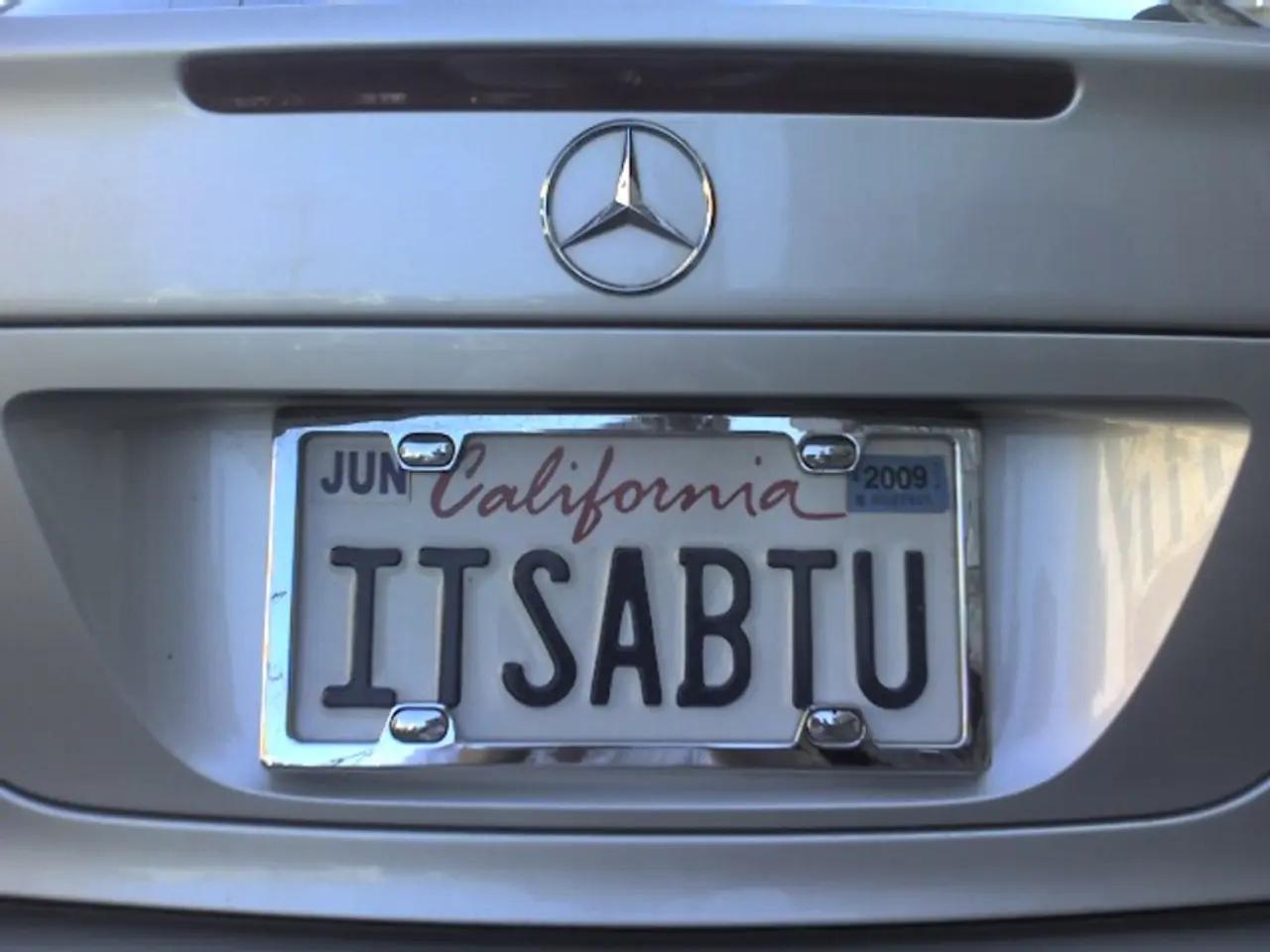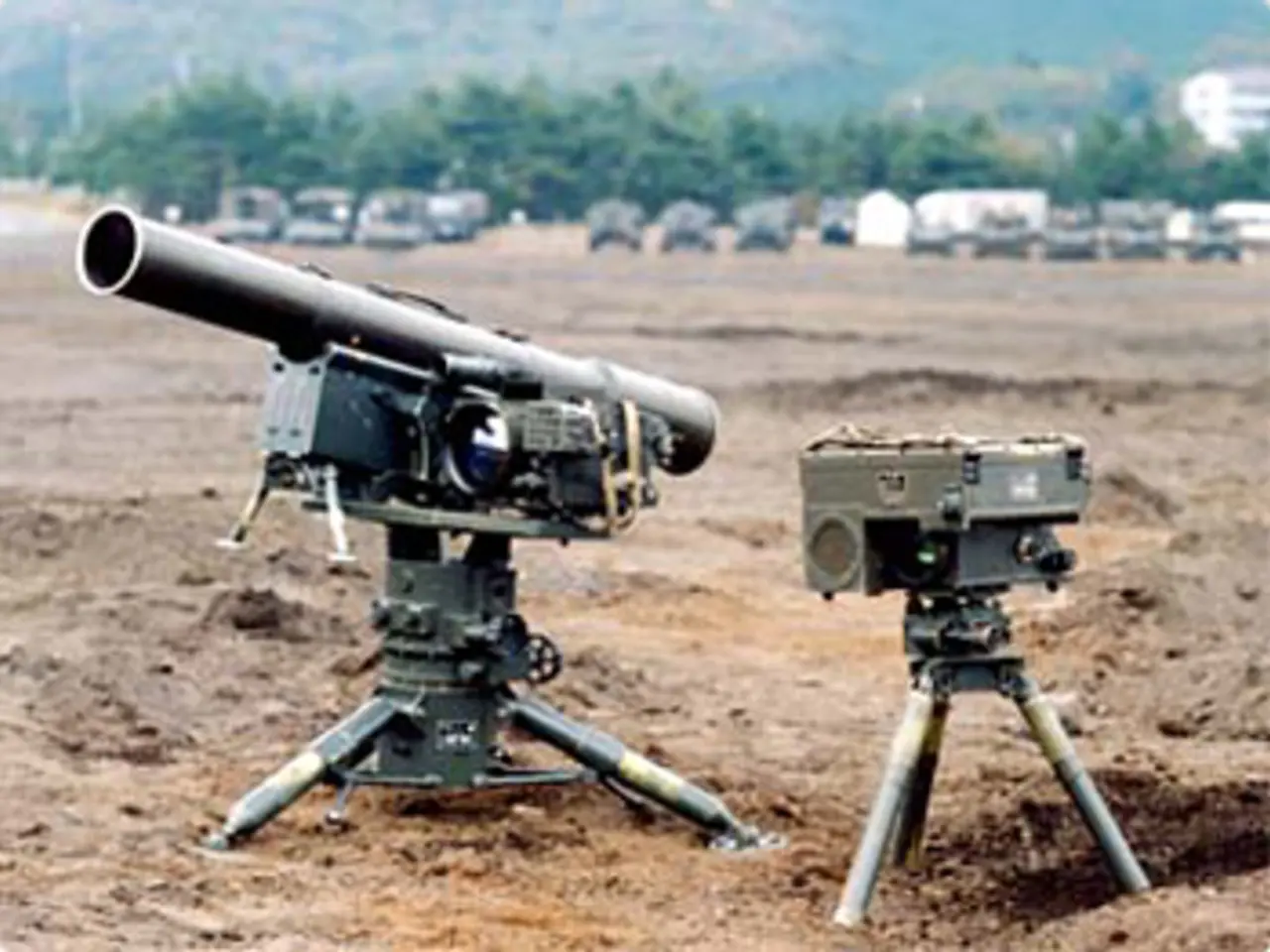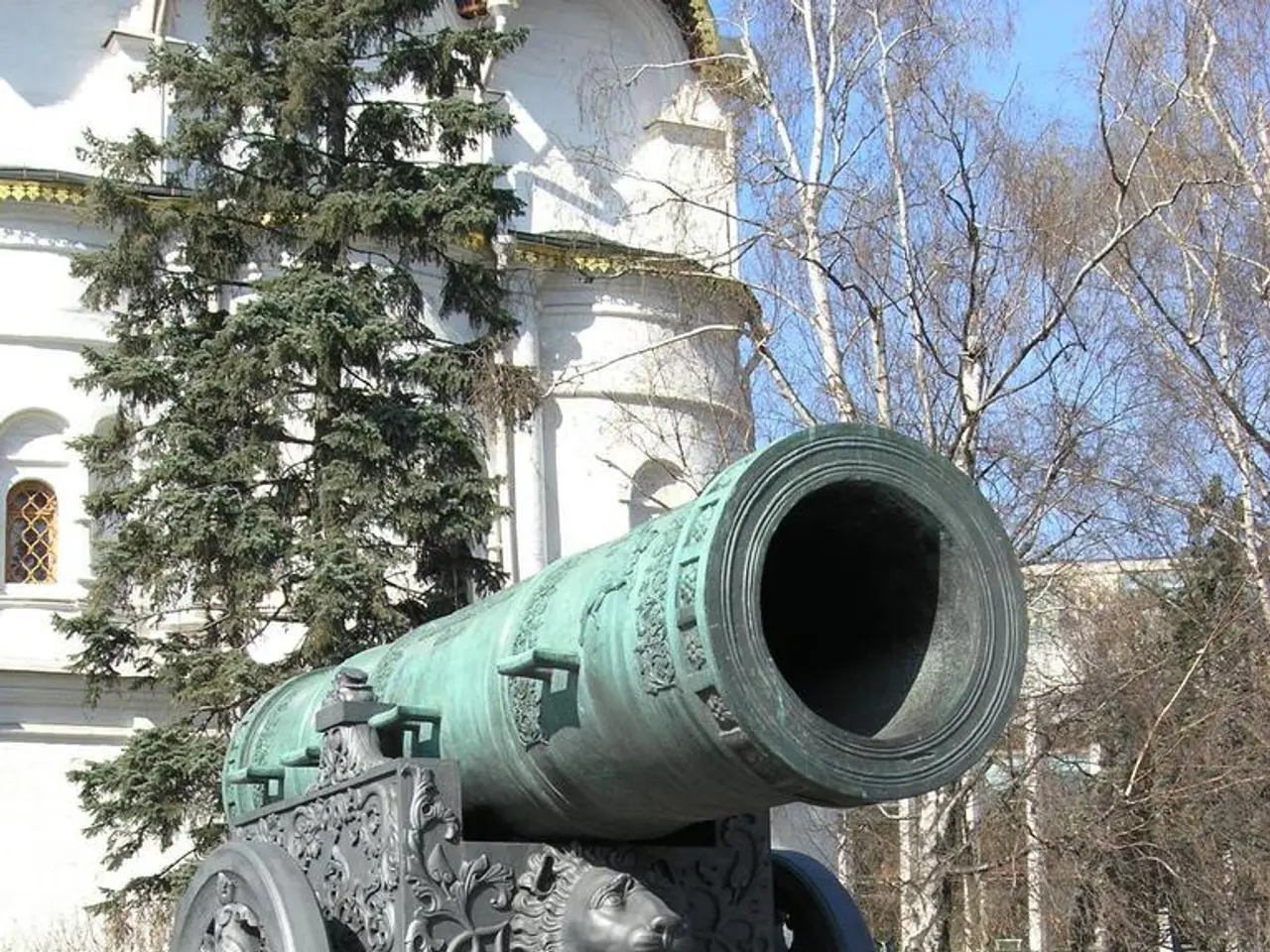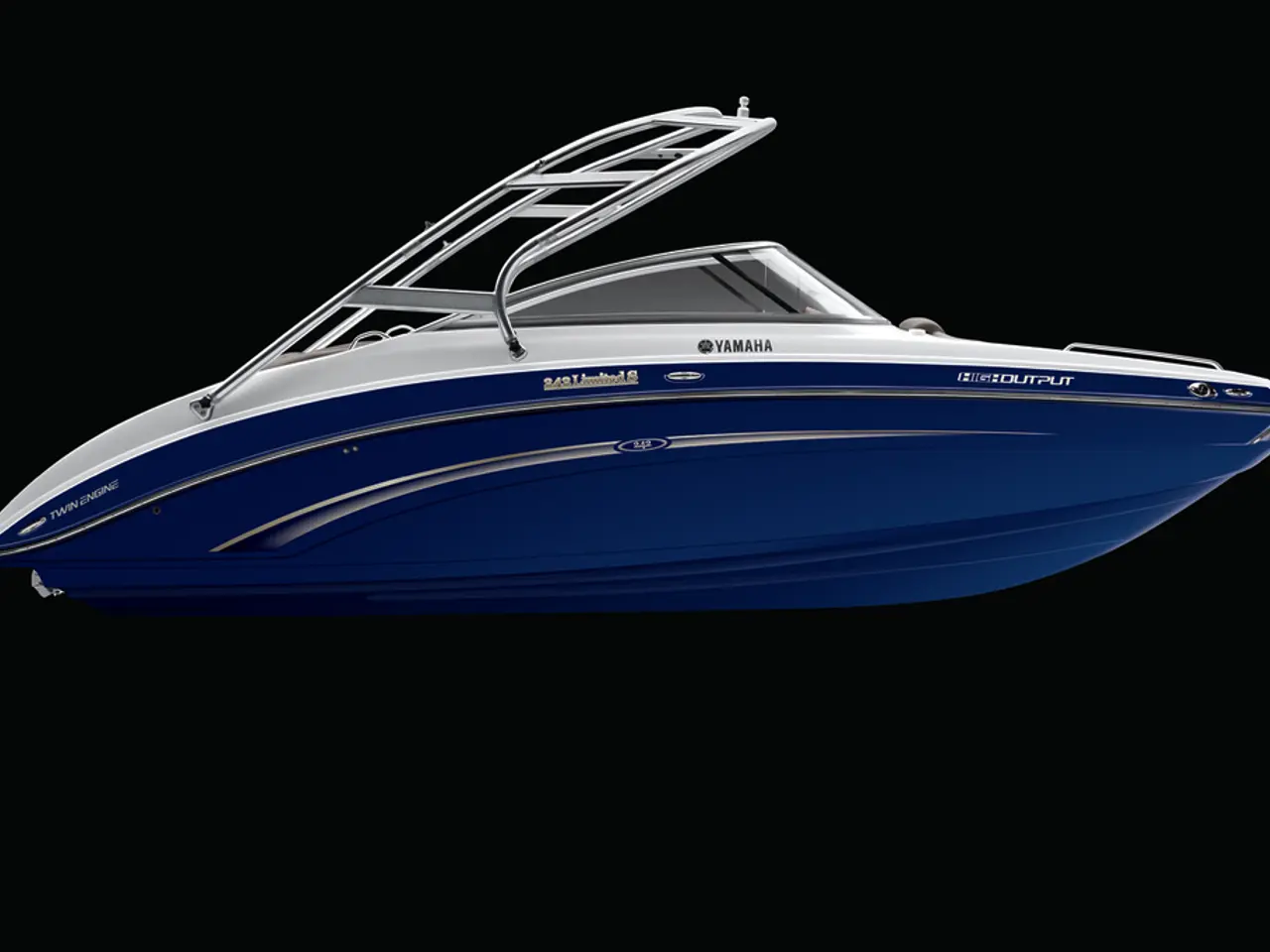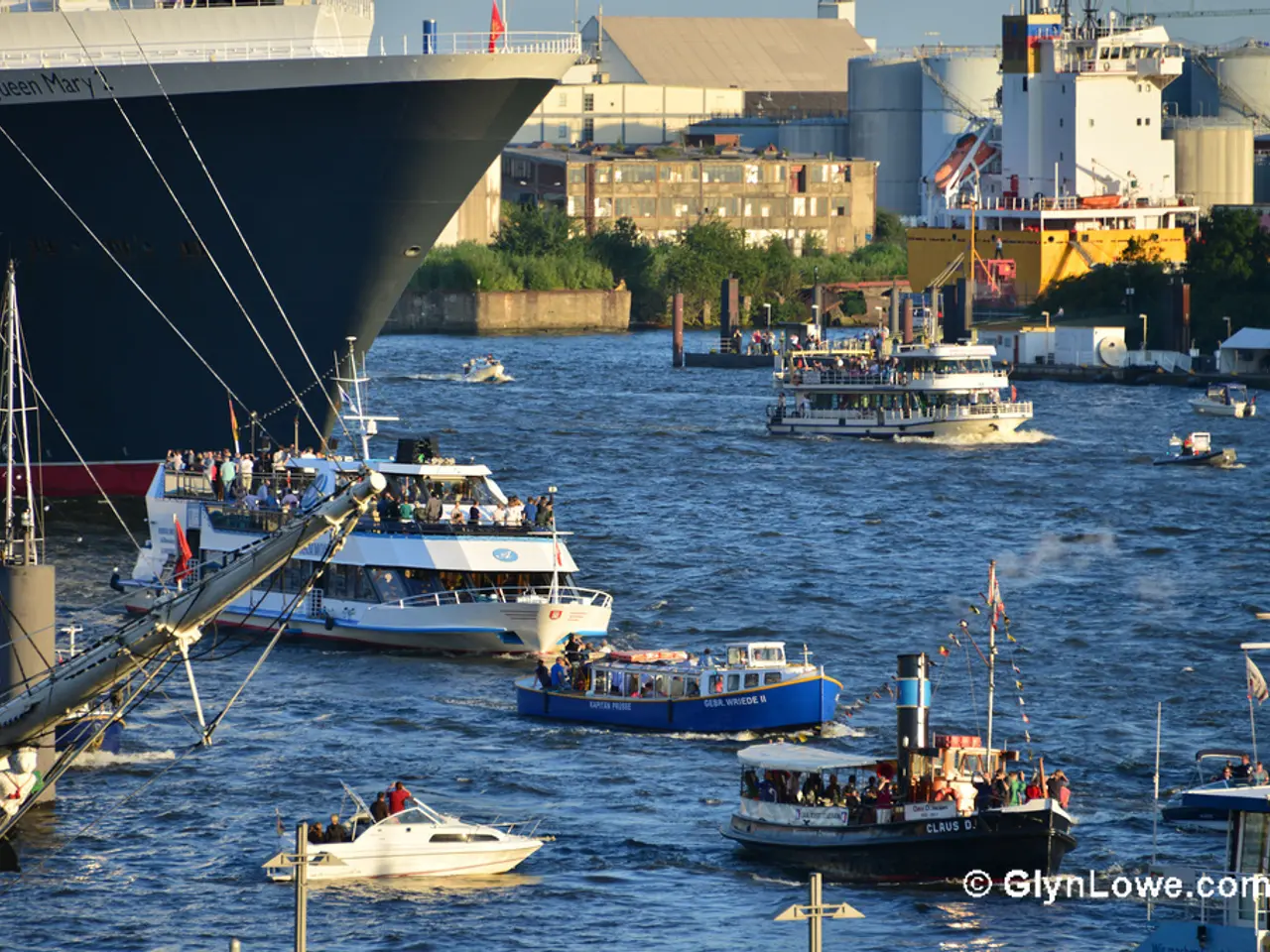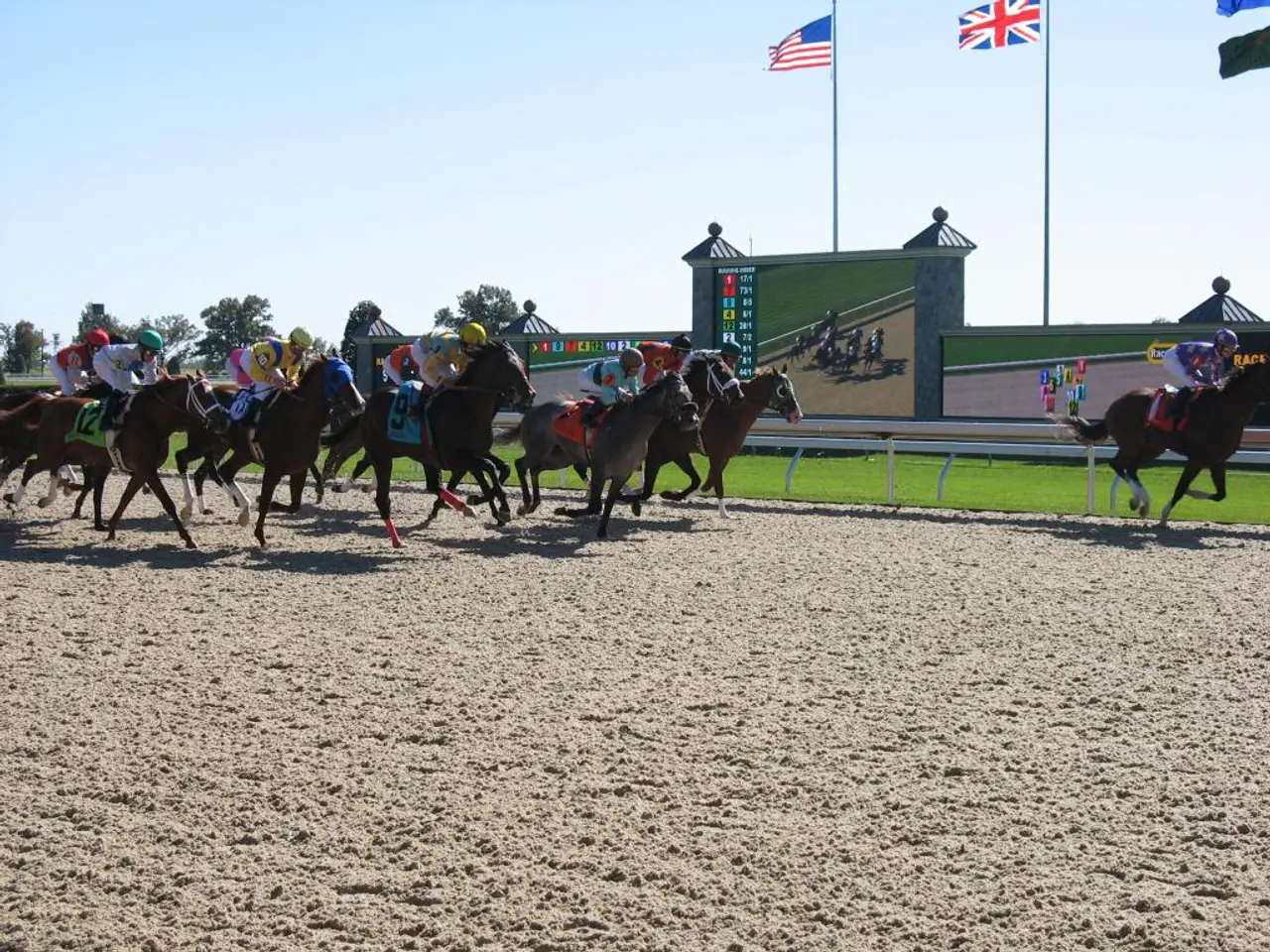Germany-Poland Border Checks: Regulations Enforced
In response to Germany tightening its border controls, Poland has reinstated temporary border controls at its border with Germany, effective from July 7, 2025. This move is aimed at managing migration flows and verifying the identity of migrants crossing into Poland.
The decision by the Polish government comes in the wake of Germany's unilateral decision to refuse entry to migrants seeking asylum, which has sparked a series of reactions across Europe. The controls are scheduled to last until August 5th, although they may be extended if necessary.
The controls will be implemented at 52 crossings along the border, with a focus on buses, minibuses, and cars with many occupants, as well as vehicles with tinted windows. All travelers crossing the border are required to have a passport or ID card.
In addition to the Poland-Germany border, Poland has also announced plans to conduct checks at its border with Lithuania in the coming weeks. The details of these checks, such as their focus, duration, and traveler requirements, have not been disclosed yet.
The German government initiated spot checks at its border with Poland back in October 2023, marking the beginning of a regional response to migration pressures. Poland is coordinating with its neighbouring countries, Lithuania and Latvia, to limit so-called secondary migration within the EU.
The intensified border controls by Germany were ordered by Federal Interior Minister Alexander Dobrindt (CSU) after the new federal government took office in May. Dobrindt also ordered that asylum seekers could be rejected at the border in the future. However, the rejections from Germany remain a contentious issue in Poland.
The temporary controls at the Poland-Germany border are part of a broader effort to strengthen border security and manage migration flows within the EU. As migration routes have shifted, with migrants attempting to enter Poland from Lithuania and then travel westward, it is crucial for countries to work together to address this issue effectively.
[1] Polish News Agency (2025). Poland reinstates border controls with Germany. [online] Available at: https://www.polishnews.pl/2025/07/07/poland-reinstates-border-controls-with-germany/ [2] Deutsche Welle (2025). Poland strengthens border checks in response to Germany's asylum policies. [online] Available at: https://www.dw.com/en/poland-strengthens-border-checks-in-response-to-germany-s-asylum-policies/a-56312562 [3] European Union Border and Coast Guard Agency (2025). Poland to conduct checks at its border with Lithuania. [online] Available at: https://ec.europa.eu/home-affairs/what-we-do/policies/borders-and-visa/border-management/operations/border-guards-lithuania_en [4] BBC News (2023). Germany initiates spot checks at its border with Poland. [online] Available at: https://www.bbc.co.uk/news/world-europe-59713305 [5] Council of the European Union (2025). Temporary border controls at Poland's north-eastern border with Lithuania. [online] Available at: https://www.consilium.europa.eu/en/press/press-releases/2025/07/20/temporary-border-controls-at-polands-north-eastern-border-with-lithuania/
- The restored border controls by Poland and the planned checks at its border with Lithuania are part of a wider European response to the ongoing politics of war-and-conflicts and general-news surrounding migration, as Germany's unilateral asylum policies have resulted in a wave of reactions across the continent.
- The heightened border security measures, including checks at the Poland-Germany and Poland-Lithuania borders, are intended to manage migration flows, verify identities, and limit so-called secondary migration within the European Union, as migration routes have shifted and the continent grapples with the complexities of war-and-conflicts and general-news.
